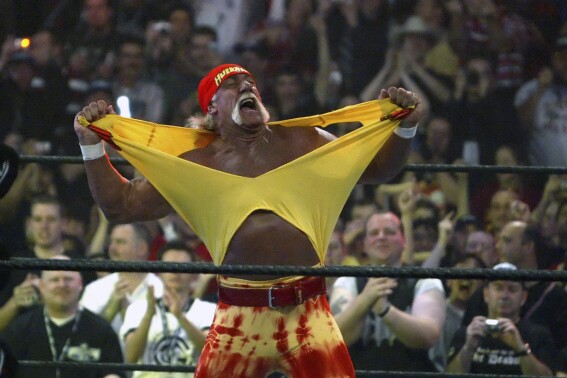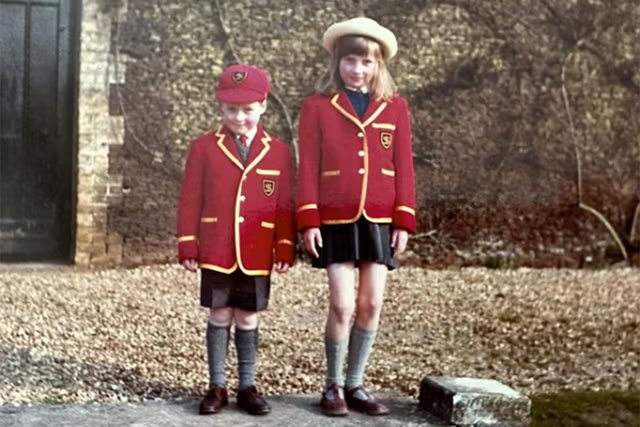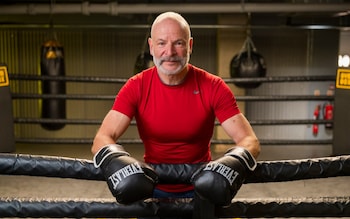Carefluencers are highlighting what it’s like to take care of elderly relatives by sharing their day-to-day on the internet.
Grandchildren are increasingly making content on social media showing their grandparents enjoying their old age and going about their lives. Francesca Falzarano - an assistant professor at the University of Southern California Leonard Davis School of Gerontology - told The New York Times that her researchers have coined a term for people who are giving a behind-the-scenes look into caregiving for the elderly.
“In my research lab, we call them ‘carefluencers,’” Professor Falzarano said. “Social media is really the only way a lot of these people are able to access support, education and a sense of belonging.”
Artist and poet Yosimar Reyes’ videos about his 89-year-old grandmother Mardonia Galeana have captured the hearts of thousands as he chronicles her enjoying the little things like Merengue music at the senior centre or a day at the San Jose Flea Market.
“A lot of people see me and they hug me,” Mardonia told The New York Times. “I don’t even know them, but sometimes they ask me for a blessing on the street and I do the best I can on their forehead.”
“Seeing your Abuela smiling and having a good time truly warms my heart,” one user commented below one of his videos.
Reyes told the outlet that he acts as his grandmother’s caregiver - driving her to appointments, managing her medications, and making sure she has a roof over her head. Reyes was raised by his grandparents and came with them to the United States from Guerrero, Mexico, in the early 1990s.
“I take pride in the fact that I care for and dress my grandma,” Reyes, 35, admitted. “That she’s not going to be out here in a muumuu. Her nails are also poppin’ and it’s a big self-esteem boost for her.”
“Even as a kid, I was already a caregiver,” he added. “I had to translate documents and help my grandparents navigate this country because they were older and didn’t speak English.”
Since the Covid-19 pandemic, he has been acting as his grandmother’s primary caregiver, which he said has been overwhelming at times. “I’m trying to build a career as an artist and as a writer, but then I still have to go home and have to take care of somebody,” Reyes said. “Some days, I’m emotionally depleted. And if she’s having a bad day, I have to make sure that I’m not reactionary.”
According to the Centers for Disease Control and Prevention, there’s been an increase in the number of unpaid caregivers in the United States increased from 43.5 million in 2015 to 53 million in 2020.
Disclaimer: The copyright of this article belongs to the original author. Reposting this article is solely for the purpose of information dissemination and does not constitute any investment advice. If there is any infringement, please contact us immediately. We will make corrections or deletions as necessary. Thank you.



